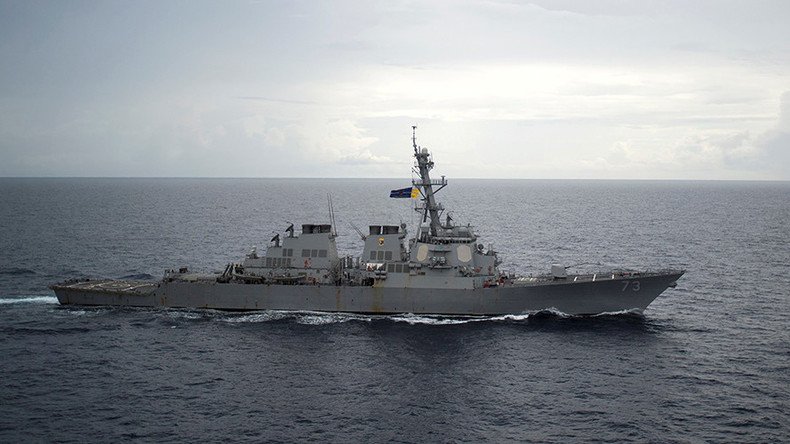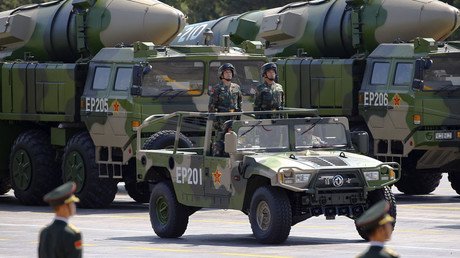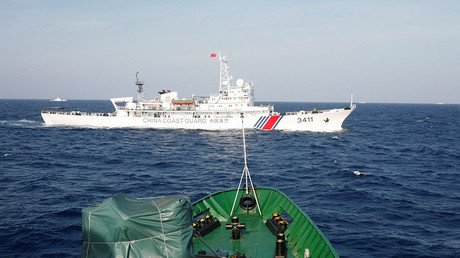China No. 1 close reconnaissance target for US – think tank

China has become the “No. 1 targeted country” of US close reconnaissance, according the National Institute for South China Sea Studies (NISCSS). More than 700 patrols were conducted by US vessels and aircraft in the South China Sea region in 2015.
“Such [US] activities have not only threatened China’s national security, damaged China’s relevant maritime rights and interests and undermined Sino-US strategic mutual trust, but is also very likely to lead to accidental collisions at sea or in the air, making it an important negative factor affecting Sino-US relations and also peace and stability in the region,” a report by the Chinese government think tank warned.
“China could possibly set up an Air Defense Identification Zone in the South China Sea if the US continues to intensify patrols and low-altitude spying in the region,” NISCSS head Wu Shicun told reporters in Beijing.
“It’s very possible for President-elect Donald Trump to deploy more vessels in the South China Sea,” Wu said, as quoted by Bloomberg, adding that there’s a “very small chance” of military conflict in the region.
The ‘Report on the Military of the United States of America in the Asia-Pacific Region’ says the US made more than 1,200 sorties of close reconnaissance against China in 2014, as compared to over 260 in 2009. Last year also saw an “obvious increase” in the number of US close reconnaissance activities in the South China Sea, the report said, noting that Japan “provides strong support to the United States in controlling the situation in the South China Sea and maintaining its dominance in Asia-Pacific.”
The US has also raised the “frequency, scale and complexity” of joint military exercises and aerial military exercises in the Asia-Pacific region, the report says. In 2014, US Pacific Command initiated 160 bilateral and multilateral military exercises, but the number of drills rose to 175 in 2015. “In recent years, the contents of exercises expand to such subjects as ground warfare, aerial warfare, maritime warfare, anti-missile warfare, special operations, electronic and cyber warfare,” the report stressed.
The South China Sea is at the center of tensions between multiple nations contesting waterway and offshore resources. China, the Philippines, Vietnam, Malaysia, Brunei and Taiwan – which Beijing considers part of its territory – have overlapping claims in the region. In July, a United Nations court of arbitration ruled that there was no evidence that China historically had exclusive control over the waters or resources, and that therefore there was “no legal basis for China to claim historic rights.”
Beijing continues to claim the reefs in defiance of a verdict by the Hague International Arbitration Court, however.
The US, meanwhile, has intensified warship maneuvering near artificial islands that Beijing has built, arguing that sailing in and flights over the disputed waters are conducted according to the principle of Freedom of Navigation (FON).
In South Korea, the Unites States has the “second largest military presence in Asia,” the report said. In June, the US and South Korea unveiled plans to deploy a THAAD (Terminal High Altitude Area Defense) anti-missile system by the end of 2017. Beijing strongly objected to the move, saying it would compromise its own capabilities. Despite growing Russian and Chinese concerns over security in the region, Washington argued that the system would be aimed against threats from North Korea, saying that THAAD will keep Pyongyang’s nuclear ambitions at bay.














